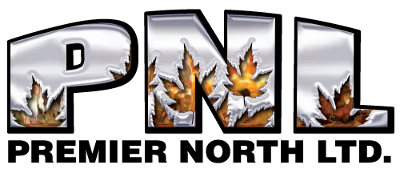Center Line Culverts
Installation and replacement of culverts that are used to channel water from one area to another usually under a roadway. The process entails diverting the upstream water until the new culvert is installed, excavation of a trench or the existing culvert, work site restoration to pre-construction conditions (including paving).
Culvert Relining
Culvert relining is a no-dig/trenchless alternative for culvert replacements. This type of culvert installation utilizes High Density Polyethylene (HDPE) pipe which is installed into the deteriorating Corrugate Steel Pipe (CSP) with minimal to no reduction of existing water flow. This installation method assures a water-tight seal at all the pipe joints.
Non-Structural Culvert Repairs
Non-structural culvert repair involves rehabilitation of deteriorating concrete box culverts. The process includes removal of concrete to a partial depth on the walls, facia and full concrete removal at the ends of the culvert, abrasive blast cleaning of the reinforcing steel and forming of the disturbed areas for new concrete. This method extends the life of the concrete box culvert.
Ditching
Ditching provides positive flow of water either towards the inlet of a culvert or at the outlet of the culvert. Ditching also allows for water to flow away from the roadway and avoid the risk of flooding and erosion of the roadway.
Erosion Control Measures
There is a wide variety of measures a contractor can install before and after construction to help with erosion control and environmental concerns. There are different techniques that have been used by PNL in the past and they include: straw bale check dams, rock flow check dams, coco blankets, both light and heavy duty silt fences, cable concrete erosion control systems and hydroseeding. Each work site is different, and the erosion control plan should be tailored to suit the site needs using provisional standards as the guideline.
